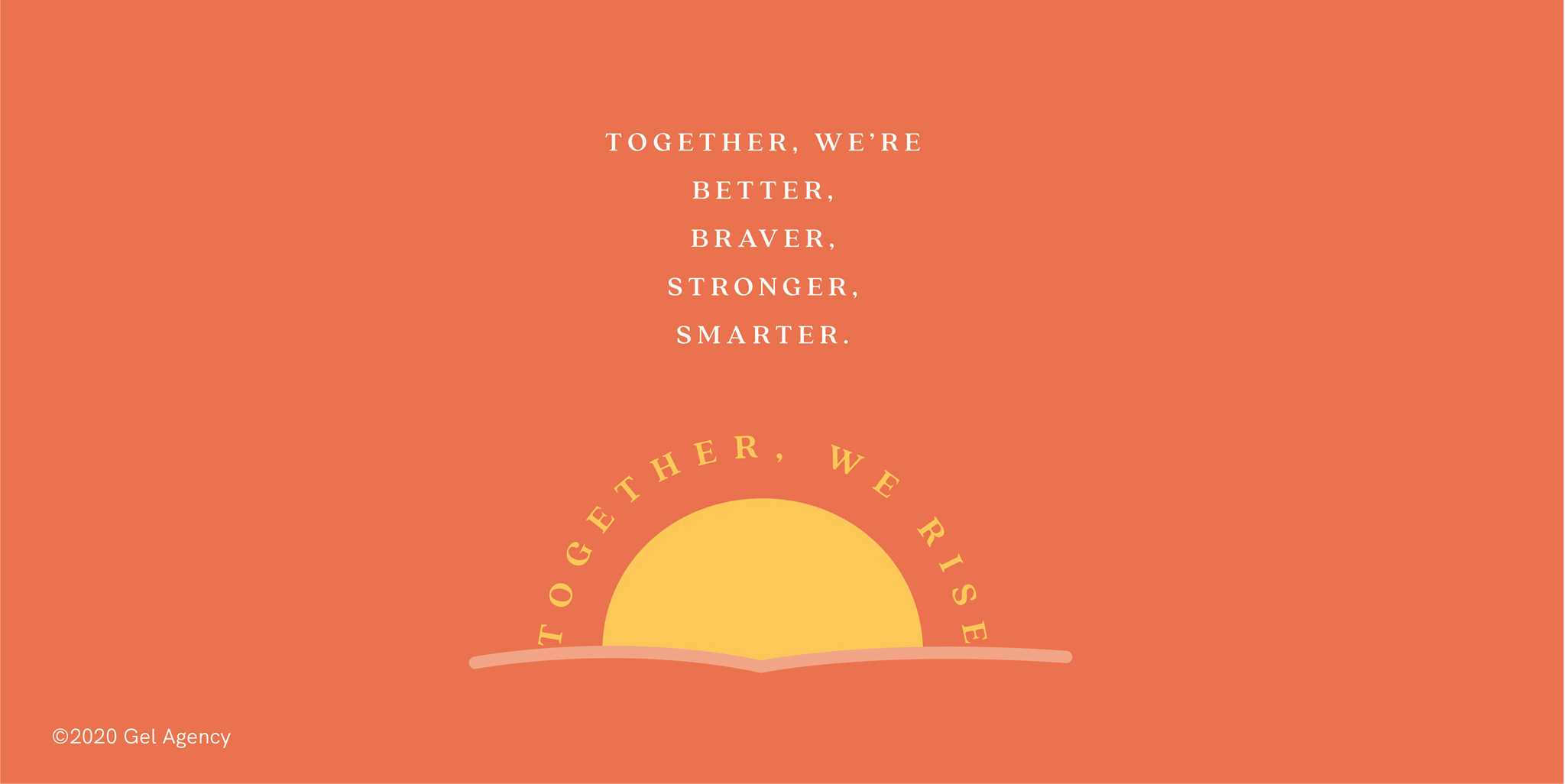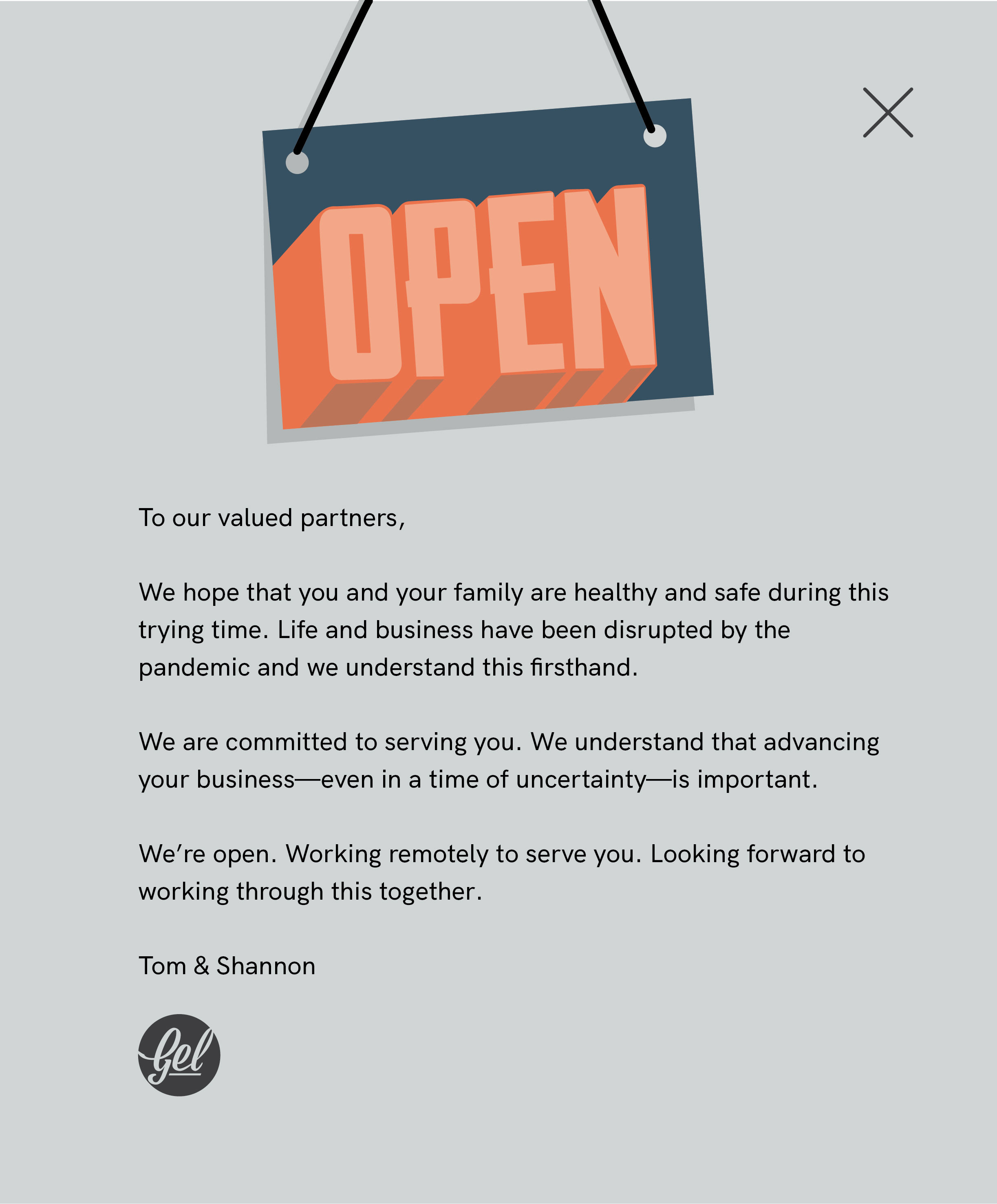4 Ways to Manage Your Brand During a Crisis
When a crisis hits, your amygdala kicks into overdrive. It’s fight or flight—that survival mechanism in our brains that helped our ancestors outrun sabre-toothed tigers. There’s another lesser-known response.
We all know what happens to a deer caught in the headlights. And how does that work out for Bambi? Well, if you live in Canada like me, not well. Before you can blink, it’s thrown in the back of a pickup truck on its way to becoming somebody’s Sunday night dinner.
We have to fight our urge to flee or freeze. We can’t hide out in our PJs waiting it out. We can’t run away either. There’s nowhere to run. So that leaves us with one viable option. It may sound melodramatic to say we have to fight, but when a crisis hits, we’re fighting for survival—for our business, our health, our employees, our clients, our family and for our community. To restore order. To bring ourselves back to a place where we can make prudent decisions from a place of calm and insight rather than emotion and panic.
Here are a few ways that we can navigate a crisis. I’m writing with business in mind, but these ideas hold for personal crises as well. May we weather the storm with grace, have the strength to fight the urge to flee or freeze and push beyond our fear to take action. It’s the only viable alternative.
COMMUNICATE
We’re hyperconnected. People expect to hear from you. You may be unsure of what to say—to your employees, customers, shareholders, the press. Just by reaching out you’re relieving anxiety. No news is bad news in a crisis. People are scared, unsure of their future and wondering if or how your company will survive, how your products will get to them. Proactively communicating as the situation develops is the best route, even if you don’t have all the answers. No one expects you to. Communication is our most powerful tool now. It reassures your stakeholders and makes them stick with you. It’s not easy in times like these, but it’s your responsibility as a leader.
Set up regular updates at a frequency that makes sense. It may be daily when the crisis breaks and change it when things stabilize. Whatever’s required for your business. If you can address all of them at once, great. If not, address each group individually. If you need to, share the load with your senior leaders. You know your business well enough to know if the message needs to come directly from you or not.
As for brand messaging, it should change. Empathize. Show them you know how they’re feeling. At the same time, your brand needs to stay relevant in the moment. It’s about finding the right balance between respect for the crisis at hand and the way it’s making your audience feel, the responsibility to sustain your brand, and the opportunity that any disruption presents in the market. You don’t want to be contributing to the panic nor do you want to be seen as opportunistic. You want people to see that your brand is sensitive, empathetic. It understands. It respects the situation and is there to help where and how it can. Communicate your value. Be there for your customers when they need you most.
INNOVATE
Now’s the time to move on that idea you haven’t had time to advance. Some of your competitors may be turtling. Beat them to it. Markets are in flux. There are opportunities for the people who are willing to try. A new product. Expand into a new market. Teach an online course. Get creative with your promotions.
If you’ve been relying on organic campaigns, consider running ads. Most companies pull back on ad spends during a crisis. Same reason some investors sell at the bottom. We know what the wise investors do.
Leverage the fact that there are fewer advertisers which means excess inventory which means lower ad spends for you at a time when you will get more eyeballs on your ads. During a crisis, more people are online and they’re spending more time and money online than ever before. Many people are being forced to buy online for the first time.
Why advertise during a crisis?
Ad inventory is high + more people spending more time online = lower investment (less ad $ spent) + more eyeballs (> impressions + reach)
= higher value advertising (buy more for less)
CONTRIBUTE
How can you help the cause? How can you serve? It may be that you’re able to lend a hand in the relief efforts. If you can’t contribute directly to the cause, get creative. How can you help others, lighten their load? You may opt to extend your customers’ terms (if able you’re able to), waive shipping, donate your services, partner with non-profits. The help you offer doesn’t need to be on a grand scale either. If each of us do our small part, the collective effort is massive. Extend a kindness to one employee, one client, one supplier. Send a thoughtful text. Personally donate your time or money to the cause, a kind word to a friend or colleague who’s personally affected. There are so many ways to serve. It matters less what you do. It’s that you do something.
COLLABORATE
Now more than ever, we need to stick together. You built your professional network for this reason. Tap into it. You may feel alone, but you don’t need to be. Reach out. Send a message. Join forces. Help each other. Set up a virtual meeting to brainstorm, ideate, problem solve, commiserate. Share the load. Share a laugh. There’s great assurance in knowing we’re in this together. It’s one of our basic human needs. Lean on each other.
Together, we’re
better,
braver,
stronger,
smarter.
At a time when we’re stretched to the limit, tap into our collective renewable resource. Community. We need look no further than history. This isn’t the first time that humanity has survived a crisis. And it won’t be the last.
Together we rise.

